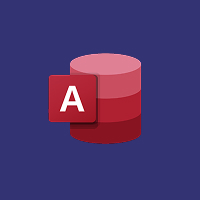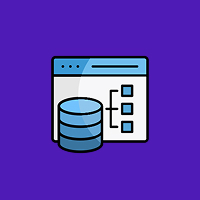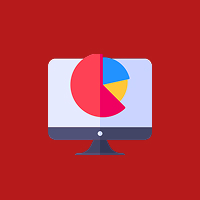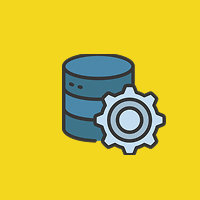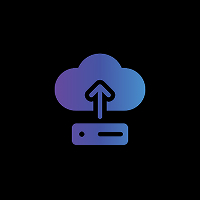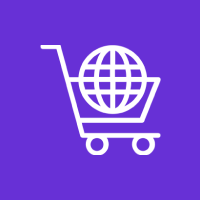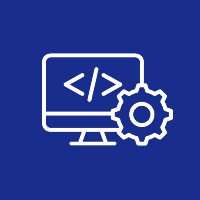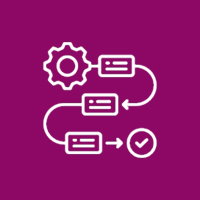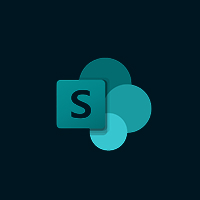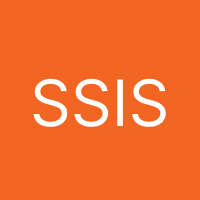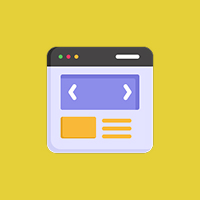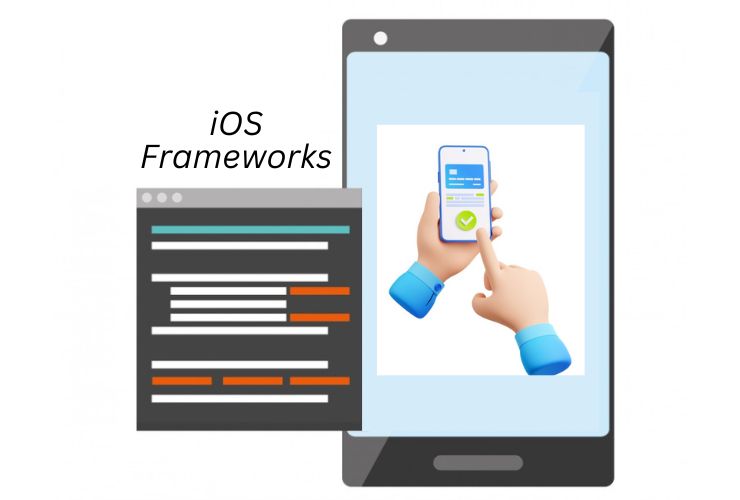In iOS development, frameworks are the pillars that assist in accelerating the development process and providing functionalities to your applications. Whether it is a simple or a complicated application, iOS frameworks provide you with the tools and libraries that you can leverage to save time and effort. In this blog, we will be discussing the top 10 iOS frameworks that every developer should be aware of. These frameworks not only improve the experience of developing an app but also enable you to develop robust and efficient apps for your users.
1. SwiftUI
SwiftUI is the new Apple framework for developing user interfaces for all Apple platforms. It utilizes declarative syntax, thus less code is required to define UI objects. It is heavily integrated with Swift and offers a simple and effective way to construct friendly interfaces. SwiftUI is a game-changer for iOS developers because it offers rapid prototyping and easier development.
Why Use It?
- Declarative syntax simplifies UI creation and speeds it up.
- Complete integration with Swift for neat code and readability.
- Supports all Apple platforms (iOS, macOS, watchOS, tvOS).
2. UIKit
UIKit is the legacy and widely used framework for building iOS application user interfaces. Even if SwiftUI is the future, UIKit still plays a major role in iOS development, especially for existing applications or for those with customized UI components. UIKit has a robust set of components like buttons, tables, and navigation controllers.
Why Use It?
- Highly established and mature framework.
- Includes a large set of UI components and customization.
- Compatible with earlier versions of iOS.
3. Core Data
Core Data is a powerful framework for handling your app’s model layer. It provides an object-oriented solution to handle a database and supports various functionalities like object persistence, data management, and caching. Core Data simplifies data storage and retrieval in your iOS apps.
Why Use It?
- Provides seamless data storage and management.
- Supports background processing and caching.
- Interoperates with relational data models.
4. ARKit
Augmented Reality (AR) is quickly becoming an aspect that all mobile apps require, and ARKit is Apple’s technology for building AR experiences on iOS. ARKit enables you to build rich, interactive scenes by superimposing virtual objects onto the real world.
Why Use It?
Permits you to build rich AR experiences.
Comes with environment understanding and object detection.
Completely integrated with iOS hardware such as iPhone and iPad.
5. Core Animation
Core Animation is a low-level API for creating high-performance, smooth animations within your app. You can animate transitions and views, and this provides your app with a highly sophisticated and professional look. Core Animation makes complex animation easy for you.
Why Use It?
- Produces smooth, interactive animation.
- Hardware-accelerated graphics.
- Seamlessly integrates with UIKit and other frameworks.
6. Combine
Combine is an Apple API that provides a way to handle asynchronous events in a declarative Swift development model. It enables you to process streams of data and blend them into your app smoothly. Combine makes it easy to handle events, bind data, and do reactive programming.
Why Use It?
- Eases handling asynchronous events and data streams.
- Supports the application of reactive programming principles in Swift.
- Works well with SwiftUI and UIKit.
7. Core Location
Core Location is an architecture that allows iOS apps to leverage geographic location data. It is commonly used in apps that need to trace locations, directions, or map capability of users. From searching nearby venues to delivering location-based services, Core Location is an important tool for most iOS apps.
Why Use It?
- Provides access to GPS, compass, and accelerometer data.
- Supports location-based features and services.
- Supports maps, geofencing, and tracking users.
8. CloudKit
Apple’s cloud storage system, CloudKit, enables you to store and synchronize data between users and devices on Apple’s cloud infrastructure. It is also compatible with iCloud where you can easily handle user data without worrying about the backend infrastructure.
Why Use It?
- Simple cloud storing and syncing.
- Simple syncing of data among devices using iCloud.
- Secure and stable for managing data in the cloud.
9. Notification Center
The Notification Center framework allows iOS applications to display and manage local notifications and push notifications. This is crucial for applications that need to be able to notify users of something or remind them of an event. Notifications can be customized with rich media information like images and audio, and they can be scheduled or event-based.
Why Use It?
- Allows you to manage local and push notifications.
- Allows rich media notifications with images, sounds, etc.
- Provides user interaction with real-time updates.
10. Vision
The Vision framework is used for computer vision and image analysis tasks such as text recognition, face detection, and object tracking. It allows developers to add advanced machine learning and image processing capabilities to their apps, and it’s easy to include features like real-time object detection or barcode scanning.
Why Use It?
- Offers robust tools for object recognition and image analysis.
- Aids in deploying machine learning models for vision-based applications.
- Ideal for apps with camera features and real-time data processing.
Conclusion
With these top 10 iOS frameworks, developers can streamline the app-development process, add functionality, and create dynamic, feature-rich iOS apps. Whether you’re creating a simple app or a complex, AR-based experience, these frameworks will enhance your development process and improve app performance. Stay up to date with the latest frameworks to keep your app at the forefront of iOS development.
Contact Us Today






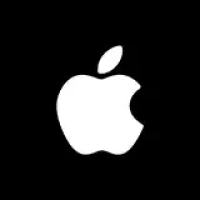

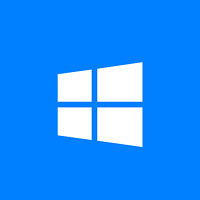
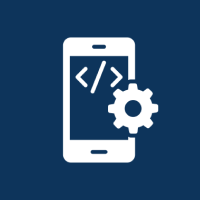



 Database Development
Database Development




